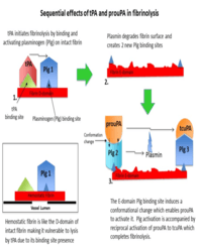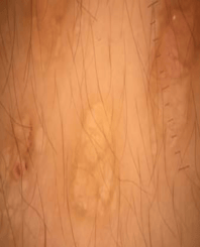
Fibrinolytic Therapy with Tpa Failed because it was Based on a Flawed Concept
Fibrinolytic therapy has become synonymous with tissue plasminogen activator (tPA) based on the belief that tPA alone was responsible for natural fibrinolysis. Although this assumption was belied from the outset by disappointing clinical results, it persisted, eventually causing fibrinolysis to be discredited and replaced by an endovascular procedure. Since time to reperfusion is the critical determinant of outcome, which in acute myocardial infarction (AMI) means within two hours, a time-consuming hospital procedure is ill-suited as first line treatment. For this purpose, fibrinolysis is better suited. The assumption that tPA is responsible for fibrinolysis is contradicted by published findings. Instead, tPA initiates fibrinolysis which is continued by urokinase plasminogen activator (uPA) which has the dominant effect. tPA and uPA gene deletion and clot lysis studies showed the activators to have complementary functions, requiring both for a full effect at fibrin-specific doses. They are also synergistic in combination thereby requiring much lower doses. A clinical proof of concept study in 101 AMI patients was published. Each received a mini ivbolus of tPA followed by a 90 minute in fusion of prouPA, the native form of uPA. A near doubling of the 24h TIMI-3 infarct artery patency rate compared to tPA was obtained. In further contrast to tPA, there were no reocclusions and the mortality was only 1%.Asequential combination of both activators, mimicking natural fibrinolysis, holds promise to significantly improve the efficacy and safety of therapeutic fibrinolysis.
Victor Gurewich*

